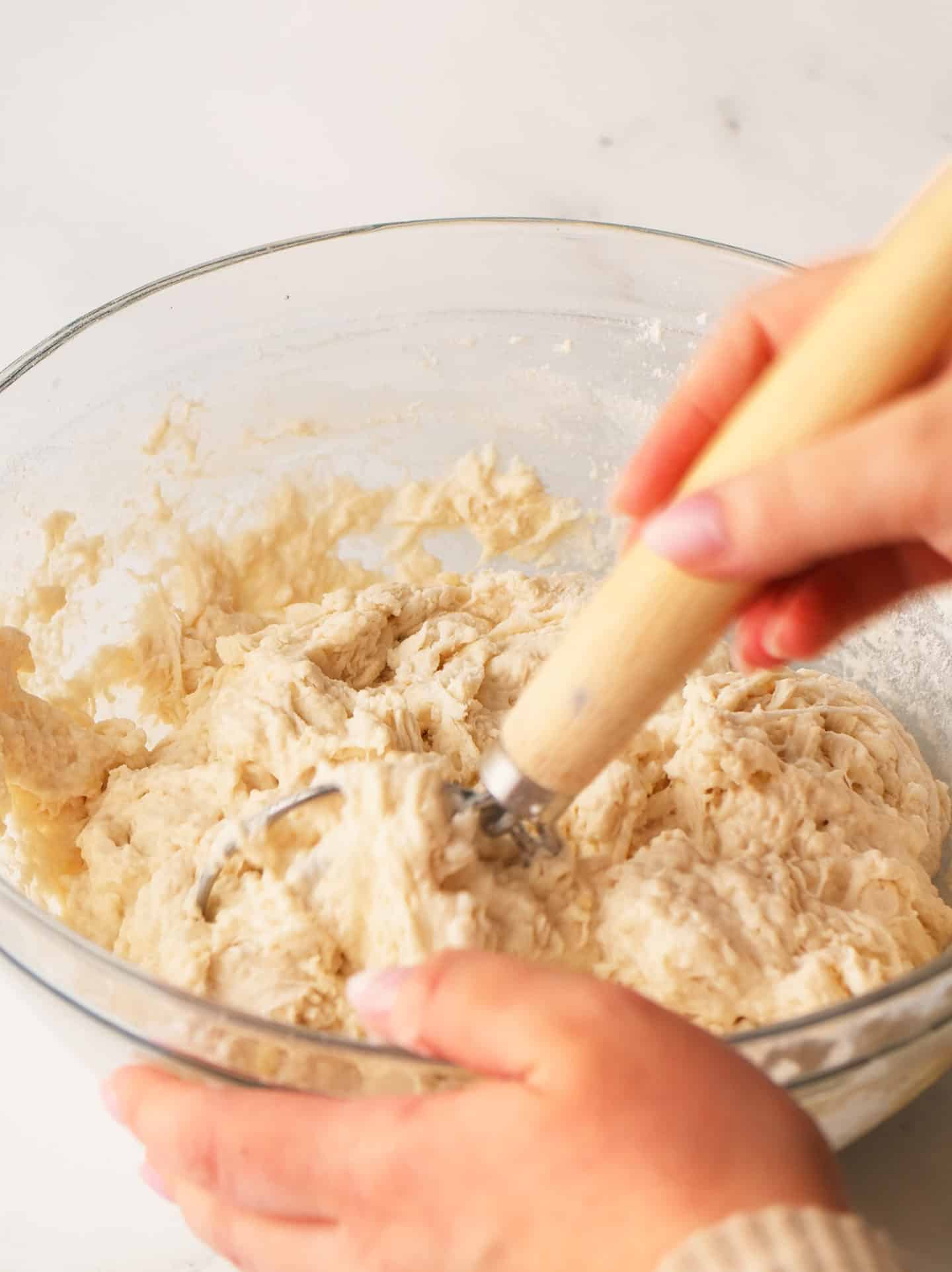What is the difference between Active Yeast and Instant Yeast?
5
from
6
Reviews
6 Comments
-
-
 Selena David
Selena DavidTk you Pat. Finally I’ve got my act together with the different type of yeast and the brand to go to .
-
 Flora
FloraVery helpful.



Anything baking scares me. I didn’t have someone growing up teaching me these things. I really appreciate these sections that help me understand the simple things like yeast for baking. Thank you thank you so much.